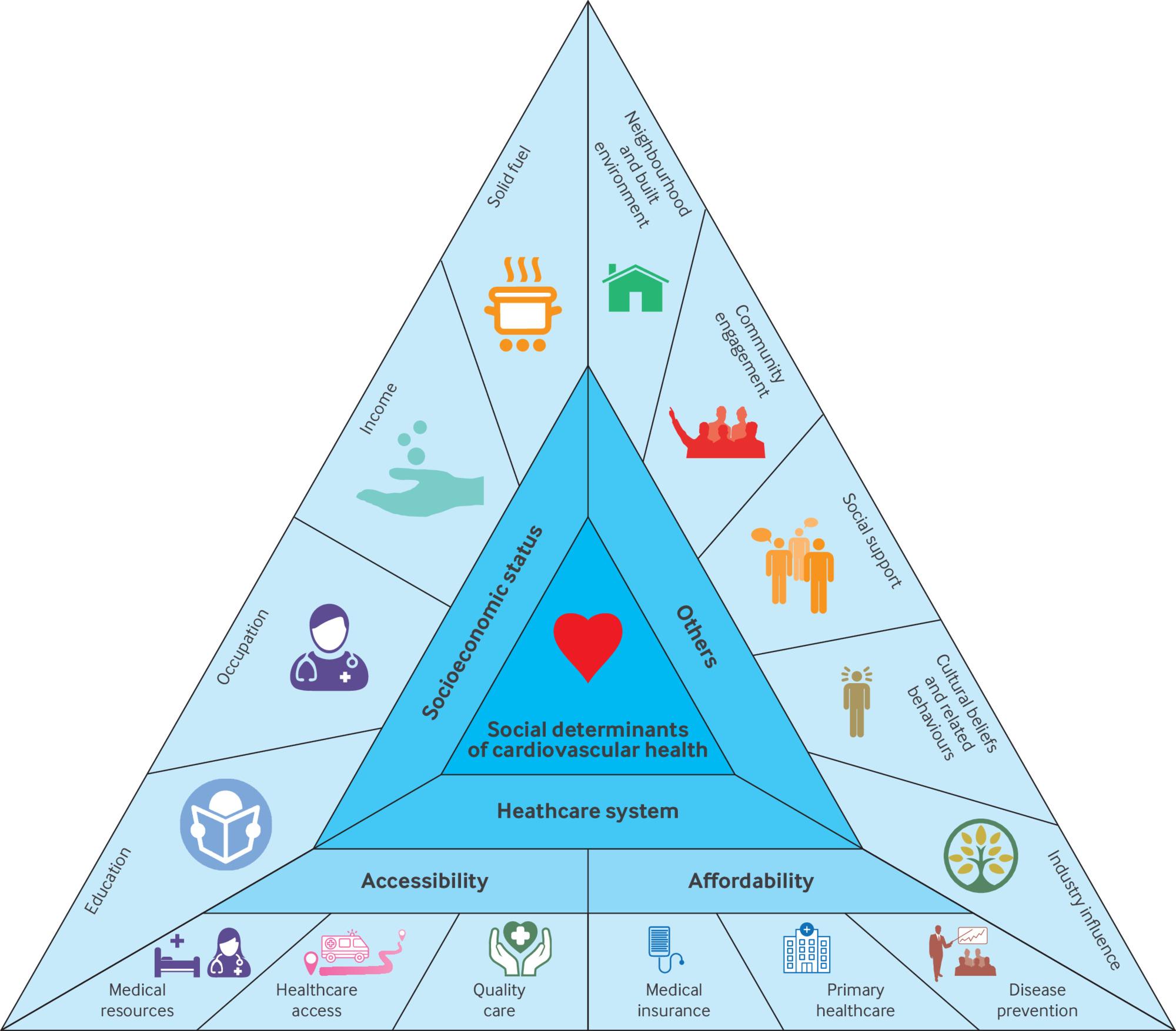
South Asians in the U.S. Encounter an Underreported Heart Disease Emergency
In the podcast hosted by KevinMD, cardiologist Monzur Morshed explores a crucial yet frequently ignored health emergency that impacts South Asians in the United States. While many individuals from the South Asian community may seem healthy with typical cholesterol readings, they face a considerably heightened risk of developing heart disease, often 5 to 10 years sooner than other demographics. Dr. Morshed shares insights from his work with the Bangladeshi-American population in New York City, highlighting that conventional risk evaluations often neglect the distinct factors that make South Asians more vulnerable to cardiovascular issues.
Critical Risk Elements and Obstacles
1. **Genetic Vulnerabilities**: South Asians possess a genetic propensity towards heart disease because of conditions like the “thin-fat” phenotype, where people store unhealthy fat even with a normal BMI. Other genetic risk components include heightened lipoprotein(a) levels that lead to premature atherosclerosis.
2. **Cultural and Nutritional Factors**: The traditional South Asian diet, abundant in refined carbohydrates and trans fats, along with reduced physical activity levels, heightens the risk of metabolic illnesses. Dr. Morshed points out a paradox where vegetarians may also encounter considerable cardiovascular threats.
3. **Psychosocial Pressures**: For numerous South Asians, especially immigrants, stress arising from challenges such as immigration issues, familial obligations, and economic hardships significantly impacts heart health.
Clinical Consequences and Suggestions
To effectively support the South Asian community, healthcare providers must undergo a transformative change in their clinical approaches. Key suggestions entail:
– Automatically considering South Asian patients as high-risk.
– Implementing early and intensive screening using culturally relevant methods.
– Including alternative tests like lipoprotein(a) and high-sensitivity CRP alongside traditional evaluations.
Dr. Morshed urges collaboration with community leaders and creation of safe environments for minority men, many of whom struggle silently with stress and anxiety. He ends with a powerful reminder that addressing both the physical and emotional aspects of heart health is vital.
For healthcare professionals, recognizing and adapting to these unique risk factors is critical in bridging the divide in cardiovascular care for South Asians, ensuring timely and effective solutions that cater to the specific needs of this at-risk group.